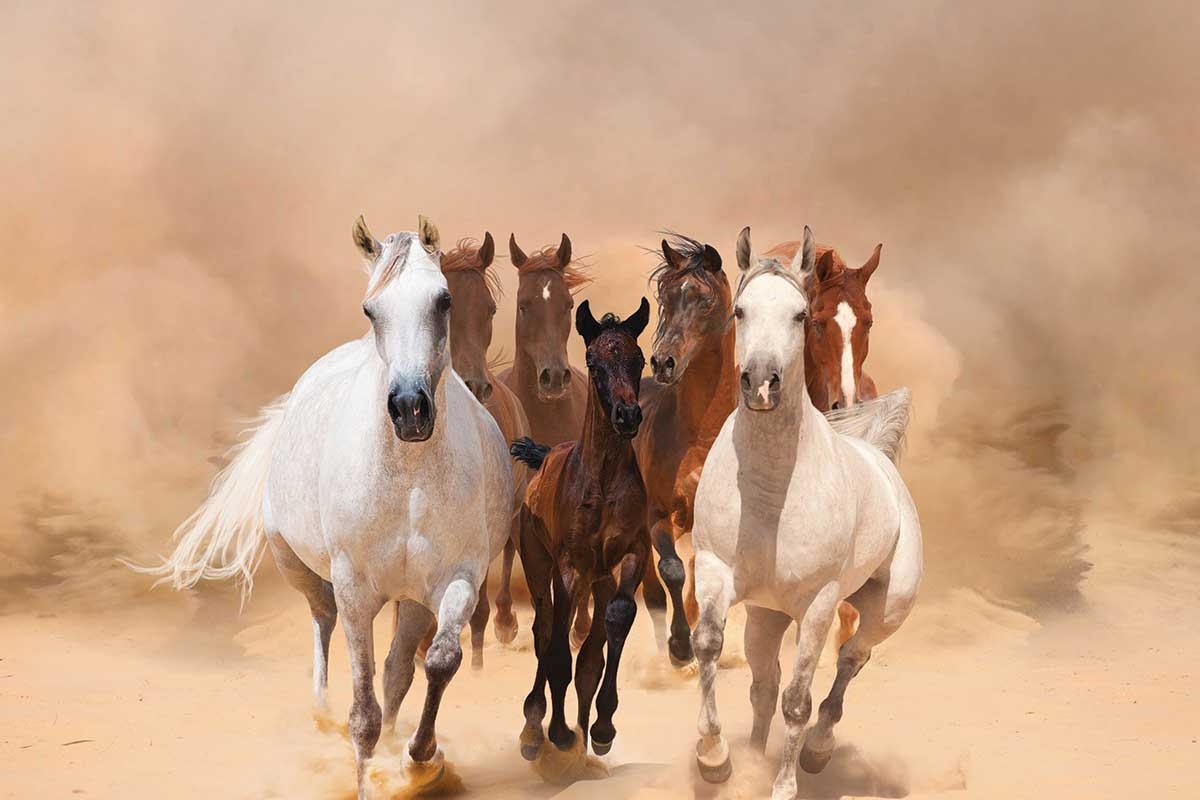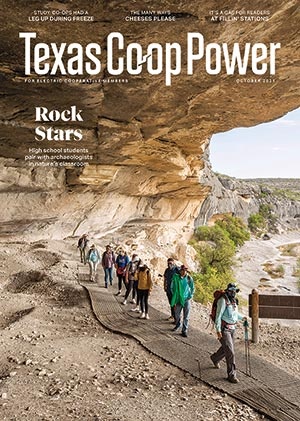He was 23 years old, riding his horse south of Corpus Christi in the region that would later be called the King Ranch. But that now-legendary, sprawling ranch would not be founded for another eight years.
This vast stretch of sandy prairie was then known as the Wild Horse Desert.
Listen to Author W.F. Strong Read This Story
Visit Texas Standard for more Texas stories (most of which are true).
In some ways it was a spooky place—ghostly. Visitors could see horse tracks everywhere—but no people. There were plenty of well-worn trails, but the population was only four-legged in August 1845.
Folks reckoned that these horses were the descendants of those that arrived with Hernán Cortés more than three centuries earlier, when he came to conquer the Aztecs. Some of his horses escaped, migrated north and bred like rabbits (if you can say that about horses).
Our young man—a graduate of West Point and a newly minted second lieutenant—rode with a regiment of soldiers under the command of Gen. Zachary Taylor. They were under orders to establish Fort Texas on the Rio Grande and enforce that river as the southern border of the United States. Fort Texas would shortly become Fort Brown, the fort from which Brownsville would take its name.
The young lieutenant, who had excelled as a horseman at West Point, was so impressed with the seemingly infinite herds of wild horses in South Texas that he made a note in his journal. He wrote:
“A few days out from Corpus Christi, the immense herd of wild horses that ranged at that time between the Nueces and the Rio Grande was directly in front of us. I rode out a ways to see the extent of the herd. The country was a rolling prairie, and from the higher ground, the vision was obstructed only by the curvature of the Earth. As far as the eye could reach to the right, the herd extended. To the left, it extended equally. There was no estimating the number of animals in it; I doubt that they could all have been corralled in the state of Rhode Island or Delaware at one time. If they had been, they would have been so thick that the pasture would have given out the first day.”
Both Taylor and his second lieutenant would distinguish themselves on that journey through South Texas.
Taylor had no idea that his visit to the Wild Horse Desert would lead him on to victories in the Mexican-American War that started the next year with an attack on his troops near the Rio Grande—and to political victory back home. He would become the 12th president of the United States.
Taylor’s dashing second lieutenant would also ascend to the presidency, 20 years after him. The young man on high ground, surveying the astounding scene of wild mustangs grazing by the thousands, would become the hero of many battles.
He would ultimately lead Union forces to victory in the Civil War and become the youngest president of the U.S. His presidential memoirs would become a runaway bestseller published by Mark Twain, who would describe the book as “the most remarkable work of its kind since Caesar’s Commentaries.”
It was written by Hiram U. Grant. Well, that was his birth name. But when he entered West Point, a clerical error deleted the name Hiram and his middle name became his first name, and that is the name you know him by: Ulysses. He was Ulysses S. Grant.


